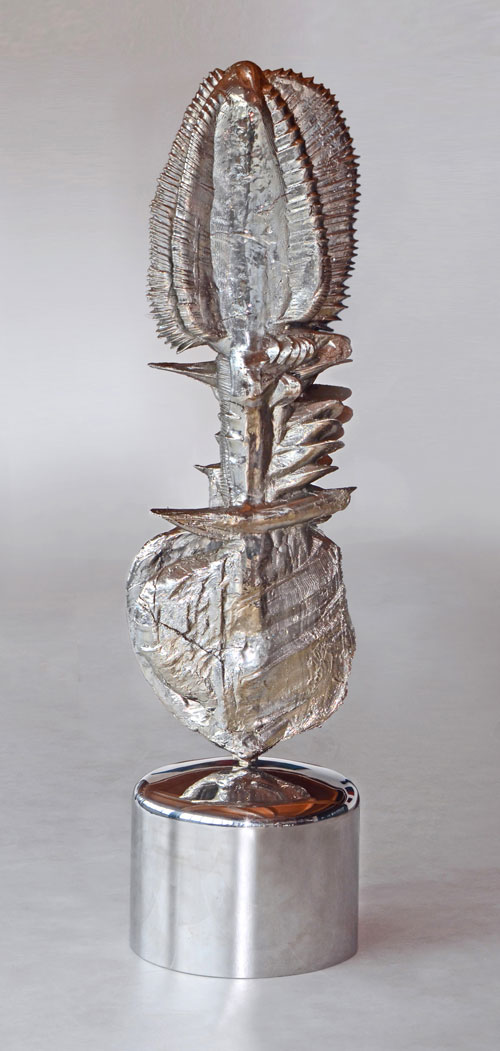Italy
WOLFGANG ZINGERLE
Form cannot be created, as it already exists. The actual problem consists instead in the search for form, the discovery of where it is hidden, and why, the defining of which elements have determined it. This is the aim of Wolfgang Zingerle’s research: his endless though constantly fruitful quest always leads him to new openings and new resources. Like a river delta, his art always opens into new and sometimes unexpected branches.
Of course, not all forms convey meaning. A simple shape which already exists in nature is resolved within itself. As such it can be only replicated, repeated or imitated. But for Zingerle, as for most contemporary artists, the focus is not placed on mimesis, and even less on the display of artistic ability. Something different is therefore required: a somehow incomplete and partial form, susceptible to transformation, to addition and intervention; in particular a type of form that can be located in the intersection between history and nature, of space and time, of spontaneous - or also mechanical - evolution and culture. With a view of this promised land, the work of art can nestle and find the perfect circumstances in order to grow and develop, each time in a different, sometimes impetuous way, other times slowly, immediately, or over a prolonged period of time.
The South Tyrolean artist does not set any limits in regard to techniques. He started as an abstract gestural painter, maybe as a reaction to the atmosphere he found in Bologna, where he lived, studied and made his first steps as painter. At that time the city was still strongly characterized by the culture of Art Informel as well as a long-lasting discussion about semiotic and gestural painting, ranging from action painting to Color Field painting and to the more recent Naturalism.
After he returned to his home in Val Pusteria in South Tyrol - a long natural corridor surrounded by mountains between Bressanone (Brixen) and the Austrian border - Zingerle’s languages multiplied, and thus he enriched his technique, his skills becoming subtle and differentiated. Today, his work spans painting and writing, and installation
as well as land art.
[...] Subsequent steps made Zingerle in the glassworks of Adriano Berengo in Murano, one of the most open-minded workshops for the innovative and creative use of glass. Here Zingerle had the possibility to reach a higher gradum, by reconsidering the matrix through glass - a valuable and fragile material, both sumptuous and versatile. He gained new and richer expression possibilities as well, as further chromatic effects. The result is a work with few precedents in contemporary art.
text by Martina Corgnati
